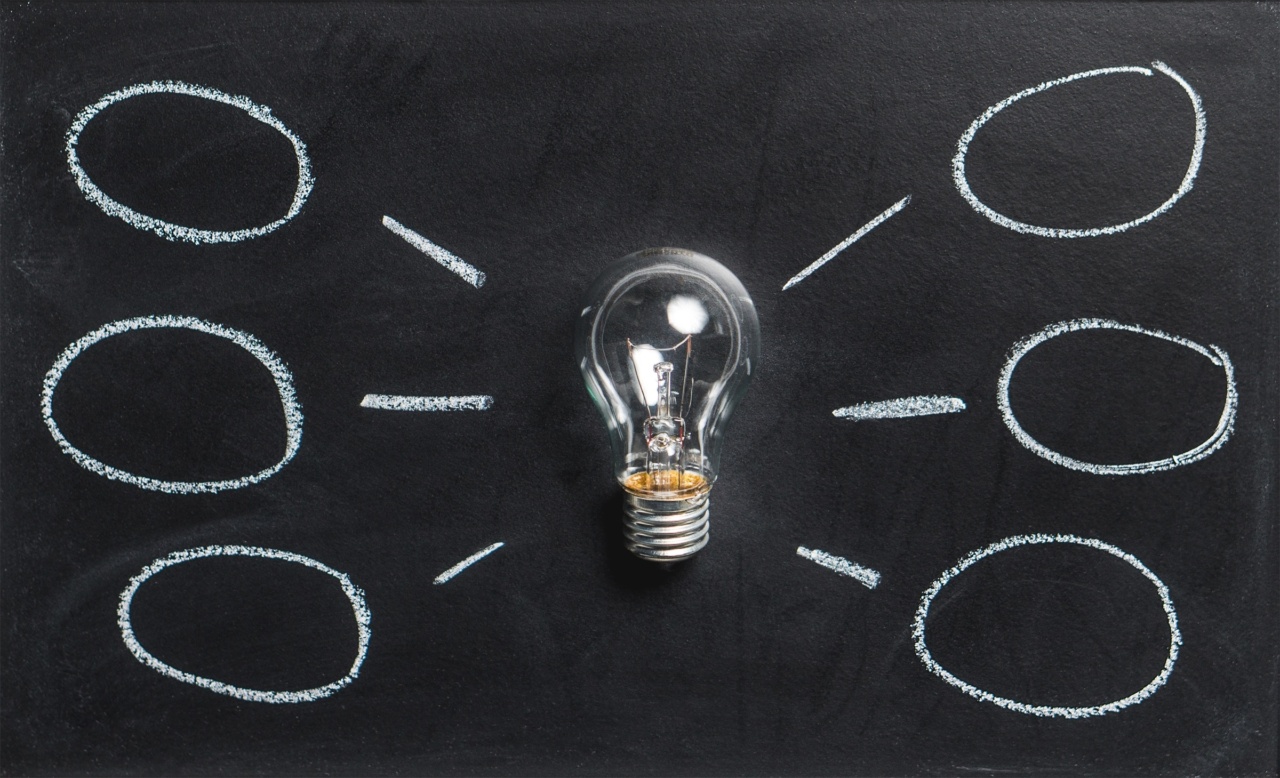Overactive bladder (OAB), also known as urge incontinence, is a medical condition that affects millions of people worldwide. It is characterized by a sudden and urgent need to urinate, often accompanied by leakage or incontinence.
In some cases, it can be a source of embarrassment and social isolation, but it doesn’t have to be. With the right treatment and management strategies, overactive bladder can be controlled, and its symptoms can be reduced.
What Causes Overactive Bladder?
The exact causes of overactive bladder are not well understood, but it is commonly associated with various underlying medical conditions such as neurological disorders, diabetes, or urinary tract infections.
In some cases, it may be a side effect of certain medications or due to age-related changes in bladder function.
One of the primary causes of overactive bladder is a weak pelvic floor muscle. These muscles support the bladder, urethra, and other organs in the pelvic area.
When they are weak or damaged, they can’t properly support the bladder, causing leakage or frequent urination. Factors that can weaken the pelvic floor muscles include pregnancy, childbirth, obesity, and chronic constipation.
Symptoms of Overactive Bladder
The symptoms of overactive bladder are easy to recognize. You may experience a sudden and frequent urge to urinate, more than eight times a day. You may wake up frequently at night to use the toilet and may involuntarily leak urine.
In some cases, you may also experience bladder pain or discomfort, difficulty emptying the bladder completely, or urinary tract infections.
Diagnosis of Overactive Bladder
If you are experiencing symptoms of overactive bladder, it’s essential to see a healthcare provider for diagnosis and treatment.
The diagnosis of overactive bladder typically begins with a thorough medical history and physical examination, followed by a series of tests, which may include:.
- Urinalysis: a test to check for signs of infection or abnormalities in the urine.
- Bladder diary: a record of how much and when you urinate, how urgent the need was, and how much urine was released.
- Bladder ultrasound: a test that uses sound waves to create an image of the bladder to check for any blockages or abnormalities.
- Cystoscopy: a diagnostic test that involves the insertion of a thin, flexible tube with a camera attached into the urethra to examine the inside of the bladder.
Treatments for Overactive Bladder
Lifestyle Changes
Lifestyle changes can be an effective treatment for mild to moderate cases of overactive bladder. These may include:.
- Dietary modifications: Avoiding bladder irritants such as spicy foods, caffeine, alcohol, carbonated drinks, and artificial sweeteners.
- Bladder training: learning techniques to increase the time between bathroom trips and gradually expand the bladder capacity.
- Weight loss: Losing weight can help alleviate the pressure on the bladder and improve bladder control.
- Smoking cessation: Quitting smoking can help reduce chronic coughing that can put pressure on the bladder.
Pelvic Floor Exercises
Strengthening the pelvic floor muscles can help improve bladder control and reduce the symptoms of overactive bladder. Kegel exercises are one of the most effective ways to strengthen the pelvic floor muscles.
These exercises involve squeezing and relaxing the pelvic muscles as if trying to stop the flow of urine. Consulting a physical therapist specialized in pelvic floor exercises can help guide you through proper technique and frequency of Kegel exercises.
Medications
If lifestyle changes and pelvic floor exercises are not effective, medications may be prescribed to help alleviate the symptoms of overactive bladder.
The most commonly prescribed medications for overactive bladder are anticholinergics, which work by blocking the signals that trigger bladder contractions and the feeling of urgency to urinate.
Medical Procedures
If other treatments do not work, some medical procedures may offer relief, such as:.
- Injections of botulinum toxin into the bladder lining to help relax the bladder muscles.
- Sacral nerve stimulation: A small device that is surgically implanted under the skin of the lower back to help regulate the nerve impulses that control the bladder and pelvic floor muscles.
- Percutaneous tibial nerve stimulation: A needle electrode is inserted near the ankle and connected to an external stimulator that sends electrical impulses to the tibial nerve that runs a long the ankle. This helps stimulate the pelvic floor muscles and improve bladder control.
Conclusion
Overactive bladder can be a challenging medical condition to manage, but with the right treatment and management strategies, it is possible to control its symptoms and improve your quality of life.
It’s essential to see a healthcare provider at the first sign of symptoms to receive an accurate diagnosis and begin a personalized treatment plan.































